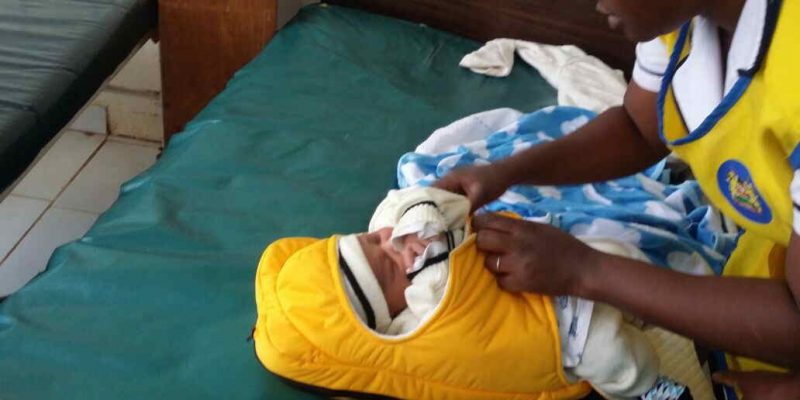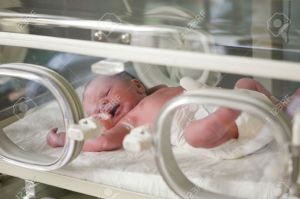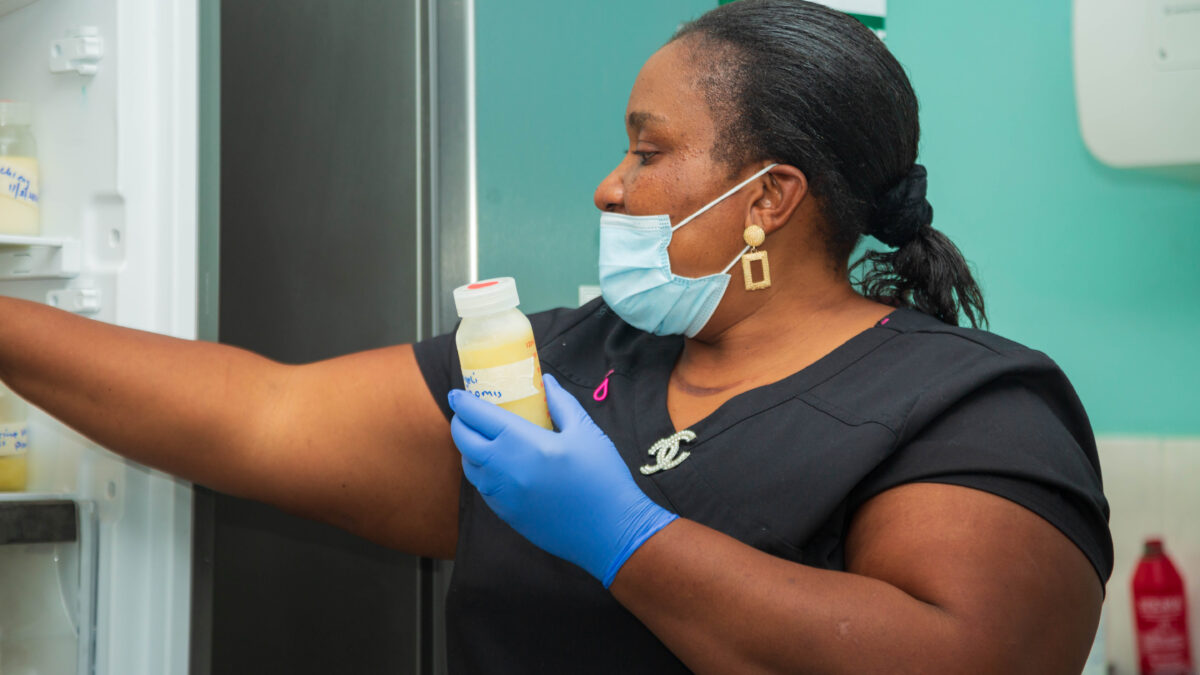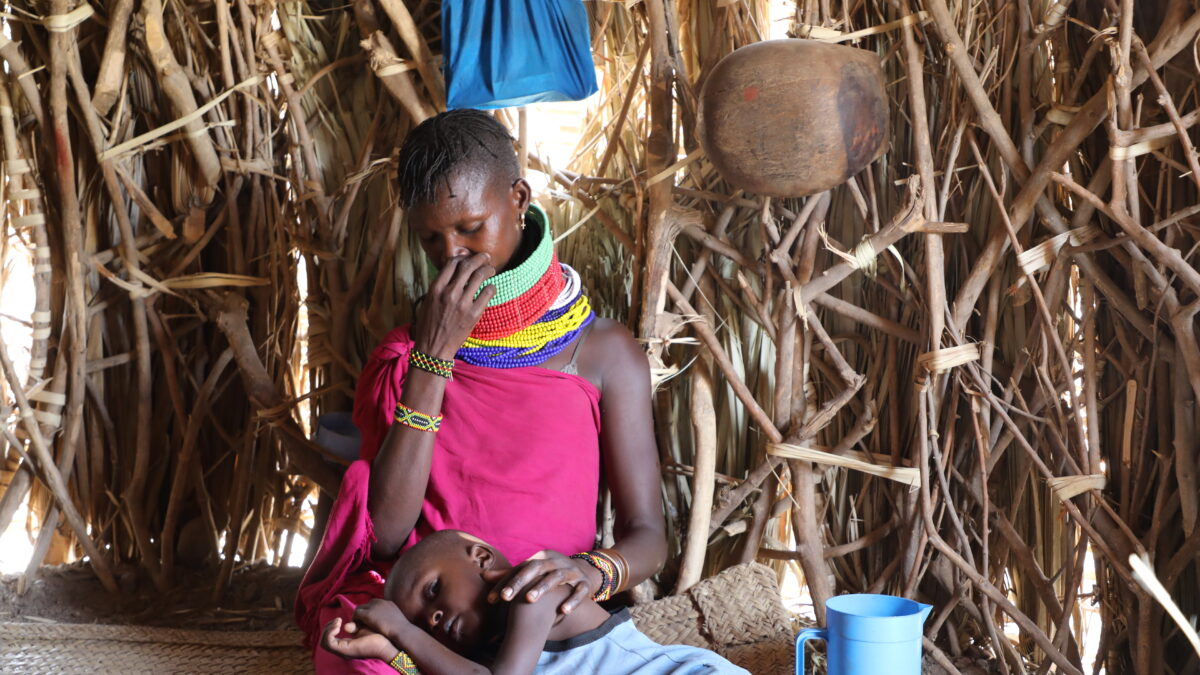
On Thursday, 27th January 2011, Carol gave birth to her son Cayla at 27 weeks weighing 940gms. Carol looked at Cayla and couldn’t know how to hold him, leave alone take care for him.
Two days before her premature birth, she woke up looking forward to a fruitful day at the office with meetings here and there. At around 9 am, she started feeling sharp pains in her upper abdomen but could still feel the baby moving. When the pains persisted, she went to see her gynecologist who prescribed a buscopan shot but the pain could not just go.
“My skin started turning purple and after a series of tests, it was discovered that my platelets were low. By the second day, the platelets were going lower and an emergency CS had to be performed to strictly save my life and not the baby’s life. The baby had a 10% chance of survival according to my doctor”, said Carol.
As God would plan it, baby Cayla’s life was saved!
“After 5 days, I was discharged but my son remained in hospital. That is when real work began! It was a daily journey to the hospital. Leaving the house to the hospital at the wee hours of the morning and arriving home at ungodly hours but still stay awake just in case the hospital requires my attention. To make matters worse, my milk production was poor but I was determined to do anything and everything to ensure I get enough milk for him”, continued Carol.

Fast forward, Cayla stayed at Nairobi Hospital for 2 long months. They were discharged and slapped with a hospital bill of 1.2 million Kenya Shillings.
Unfortunately, not all babies are as lucky as Cayla especially if they are born in a resource-limited setting.
The most recent and memorable example is Jacintah Akinyi’s from Oyugi’s who, on 12th November 2017, at 7 months pregnant gave birth to quintuplets. She was minding her business at home before she started experiencing sharp pains. she gave birth to 5 babies weighing between 1.6 to 1.9 kilograms. Unfortunately, they all died due to complications related to pneumonia.

In Kenya, 1 in every 8 children is born prematurely, making Kenya among the top 15 with the highest rate of premature births worldwide.
Preterm birth is associated with high neonatal and infant mortality and morbidity. According to a World Health Organization report, preterm and low-birth-weight babies represent more than a fifth of the estimated 4 million neonatal deaths.
In premature infants, hypothermia increases morbidity and mortality, therefore, maintaining an appropriate environmental temperature in the delivery room or operating room is critical in preventing hypothermia.
The child needs to be provided with warmth, similar to that of the mother’s womb for some time. If not properly managed, the child is at risk of hypothermia and could die or is at risk of growing up with lifelong permanent health challenges especially if the infant is born prematurely.
That is why effective care of a preterm infant such incubation and Kangaroo Mother Care come in handy.
But again, where incubators are available, what happens when they are insufficient to meet the bulging need? For example, our very own Kenyatta National Hospital Neonatal Unit serves up to 120 babies with complications forcing medics to place 3 or even 4 babies in one incubator! This means a danger of cross infection.
Furthermore, purchase of an incubator and its spare parts and maintenance is difficult and costly, the power supply is intermittent especially in rural areas, so the equipment does not work properly. Good care of preterm babies is therefore difficult meaning hypothermia and other infections are frequent, aggravating the poor outcomes due to prematurity.

Kangaroo Mother Care, on the other hand, is an effective way to meet the baby’s needs for warmth, breastfeeding, protection from infection, stimulation, safety, and love. But what happens when the mother is sick? What happens when the mother has given birth to multiples as in the case of Akinyi? What happens when the newborn need to be transported to a referral hospital while still providing the newborn baby with the much-needed warmth?
Whenever I receive news of a premature birth, those are some of the questions that have been making circles on my round head but on Tuesday last week, some of those questions were satisfactorily answered. I can say without fear of contradiction that, there is a bright light at the end of the tunnel.
Those who keep tab of the weather can recall that Tuesday the 14th was a very chilly and rainy day in Nairobi. It was that day that you don’t feel like doing anything but just tuck yourself and your little one nicely inside the duvet with a huge flask of hot tea to sip as you chat on WhatsApp, see what the organizations you are follow on twitter are up to and of course listening to your little one’s stories and answering his unending questions!

No! I did none of those. I had an interesting presentation to attend. I say interesting because it was on a medical device called IncuBlanket, a portable incubator system that is powered by the non-electric warmth. Anything around saving lives of children and pregnant mothers is interesting to me as a maternal, newborn and children health advocate.
About the IncuBlanket
IncuBlanket is a non-electric baby incubator/baby warmer that is designed and manufactured by Warmilu. It uses phase-change technology to generate non-electric, regulated and long-lasting warmth.

It can be used as incubators to manage premature babies in health facilities which do not have electricity, used as a backup in health facilities which already have incubators in case of power outrages or overwhelmed by numbers or even used to support Kangaroo Mother Care.
How it works
- The product has an incuBlanket and instaWarmer
- To activate the instawarmer, click the disk in the corner and you will feel warmth spreading within seconds
- The heat pack is then placed in the back pocket of the IncuBlanket and the infant is wrapped in the front pouch. The IncuBlanket will keep the infant warm for 5-8 hours.
- To prepare the pack for another use, simply boil it for 15-35 minutes in a sufuria then let it cool to room temperature
- The heat pack can be reused up to 100 times
Currently, the incuBlanket come in two beautiful colors- Yellow for preterm and Red for newborns. It retails at 100 dollars.

I will be here at the opportune time to share with you the testimonials of the hospitals in the country using this technology.
Do you have any questions or clarifications concerning this technology? Feel free to email me on lourdes.walusala@gmail.com






